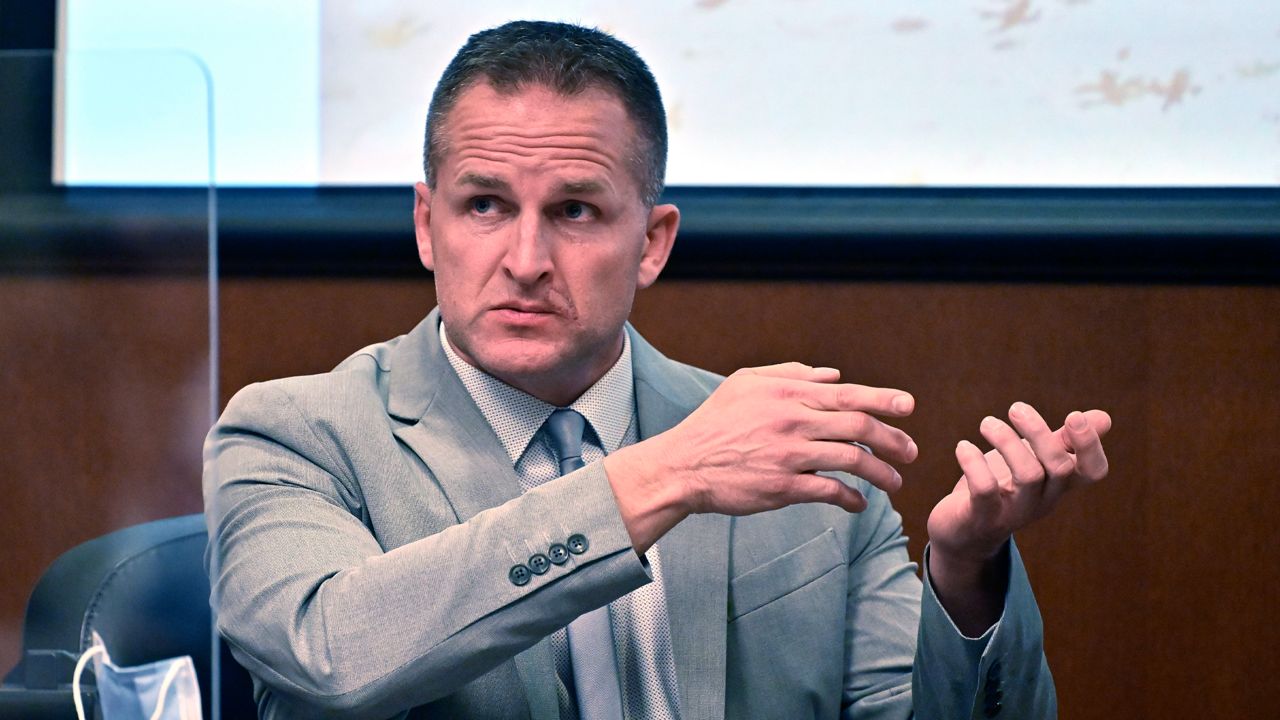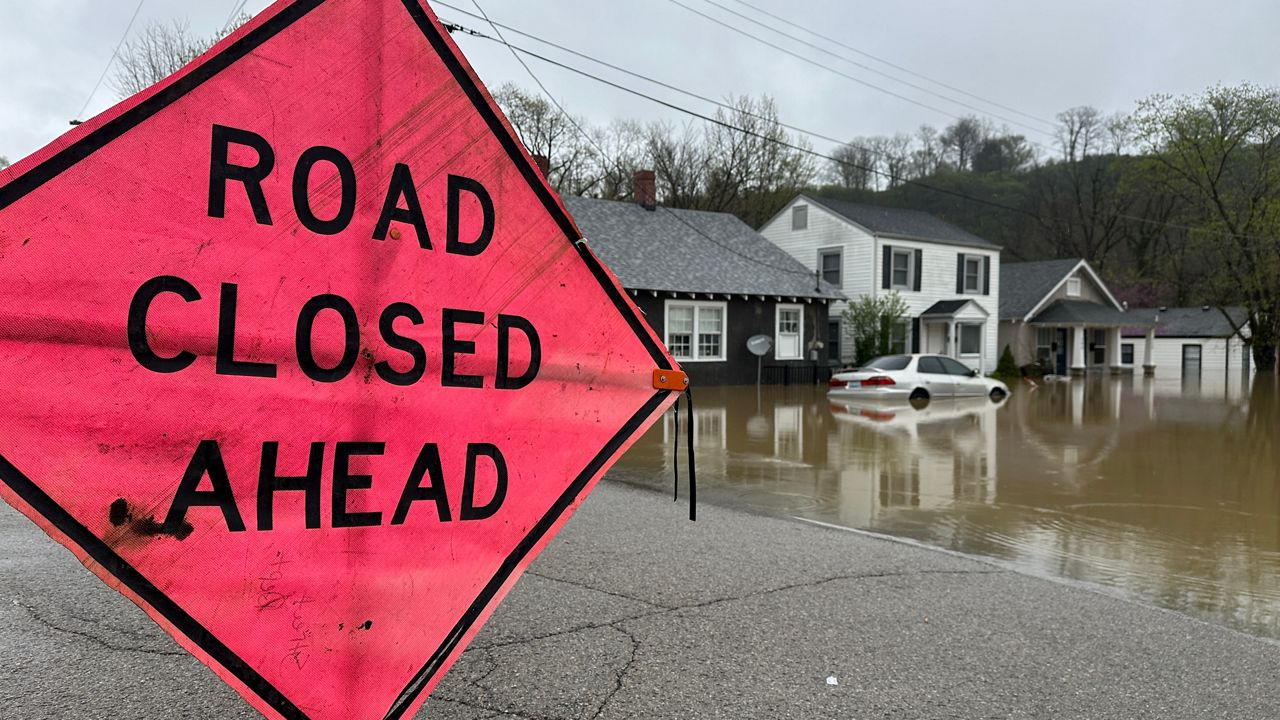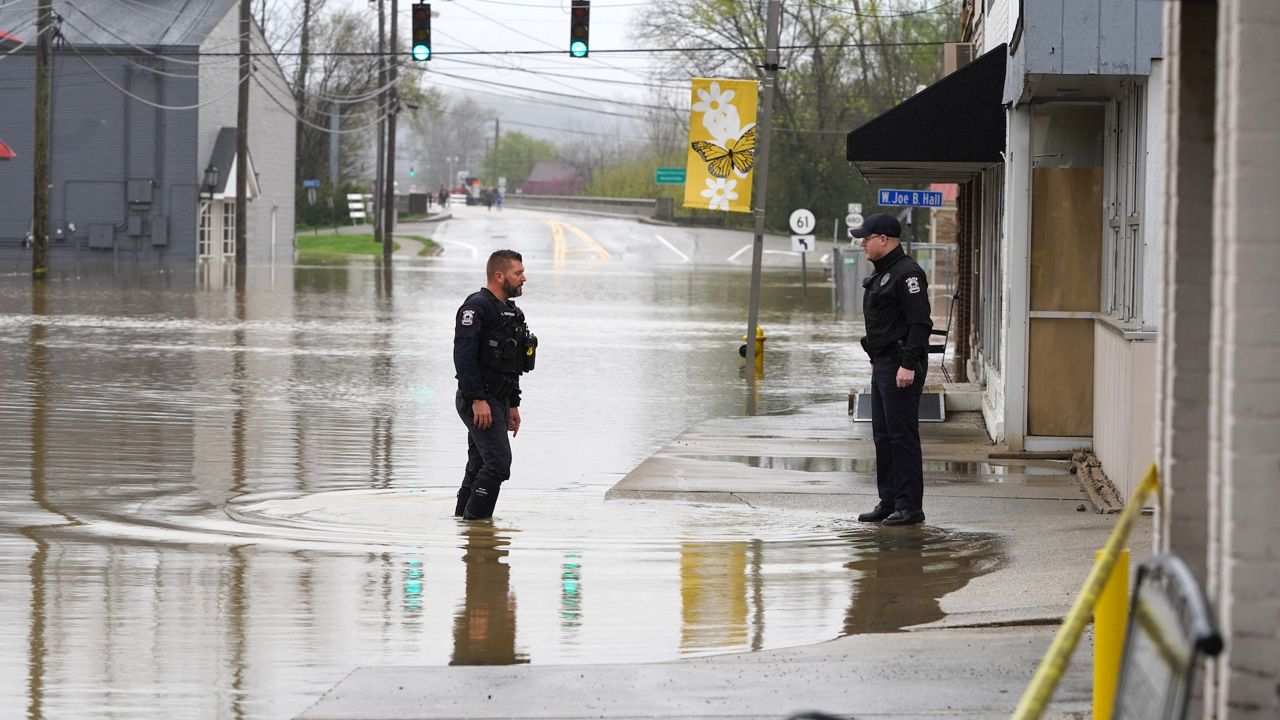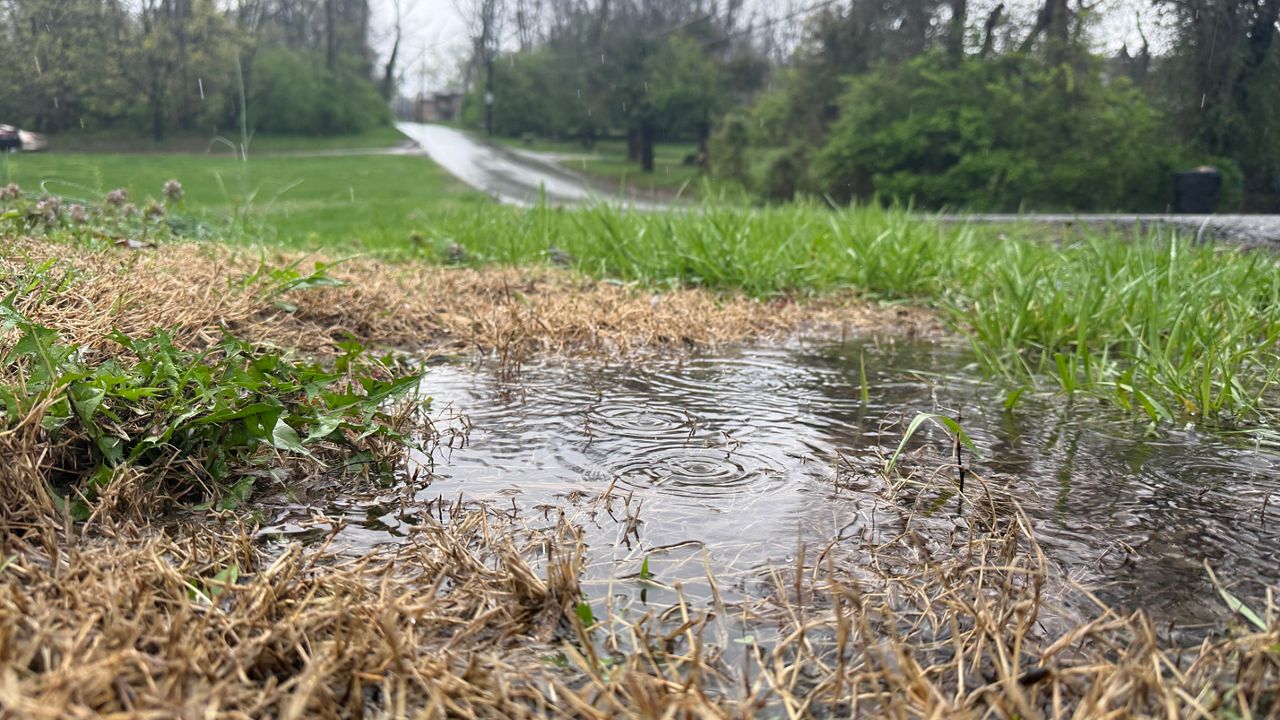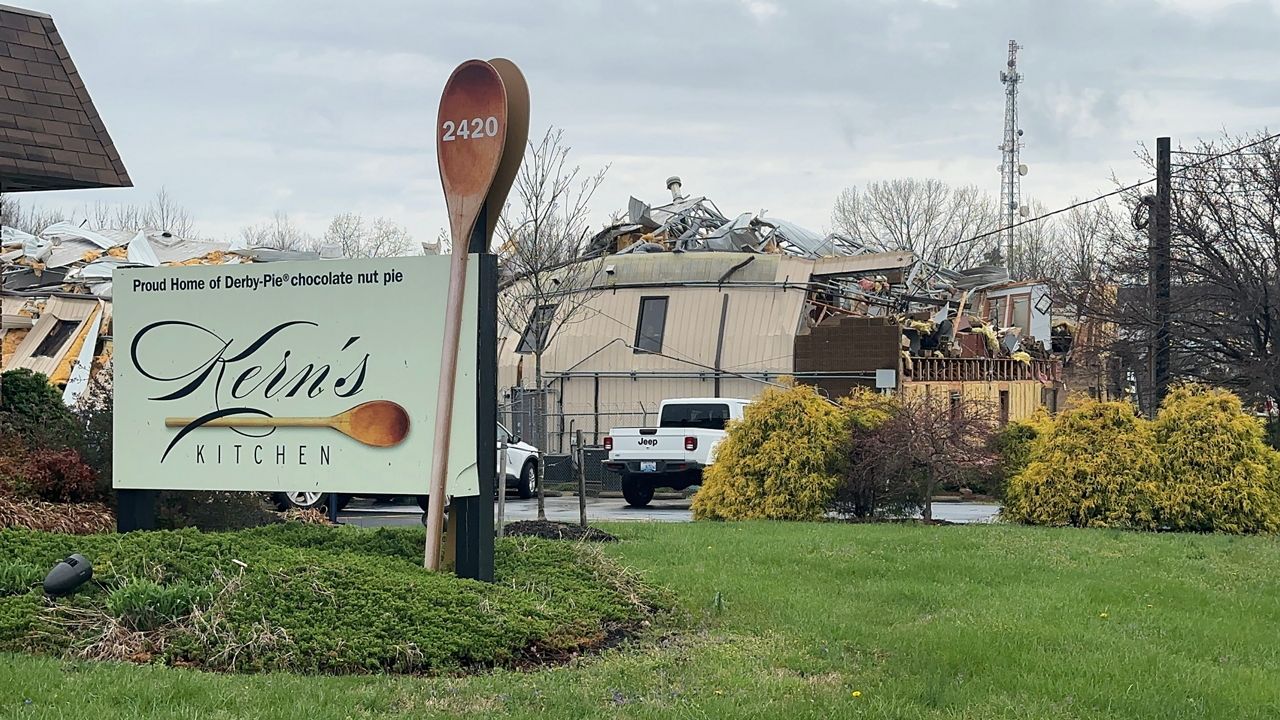LOUISVILLE, Ky. — The retrial of former Louisville Metro Police Department Detective Brett Hankison got underway Monday morning with opening statements, followed by witness testimony.
During the early morning hours of March 13, 2020, LMPD officers executed a warrant on the home of Breonna Taylor. When officers broke down Taylor’s door, her boyfriend, Kenneth Walker, fired a single shot and wounded an officer. Three officers each returned fire, and Taylor was killed.
Hankison is charged with violating the civil rights of Taylor and three others living in an adjacent apartment for firing his weapon blindly into Taylor’s home. He faces a maximum sentence of life in prison.
Anna Mary Gotfryd, lead attorney for the prosecution, told the jury Hankison violated a basic rule of policing called “target identification.” Gotfryd said officers are taught they can never fire their gun, unless they can see the person they are shooting at and Hankison knowingly violated that rule. Gotfryd stated the jury will hear Hankison admit he could see no one when he fired into Taylor’s apartment through a covered sliding door and window.
Attorney Jack Byrd then provided the defense’s opening statement and said it is police policy an officer’s action cannot be judged with “20/20 hindsight,” and actions should be judged by what the officer perceived and believed in the moment. Byrd stated Hankison “did everything he could to try and protect and save his fellow officers” and was not only permitted in using deadly force, but was expected to protect fellow officers.
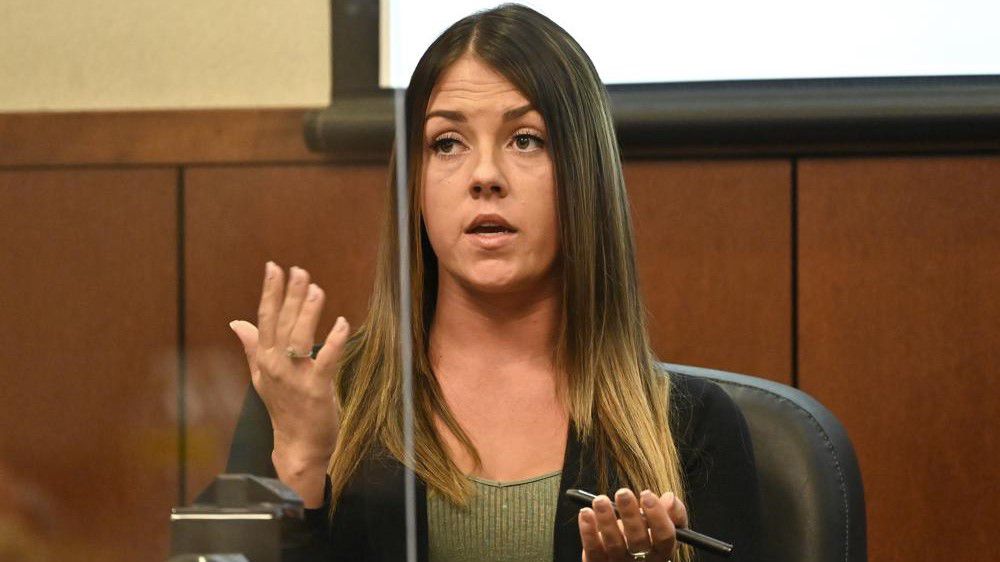
“If he had done nothing, the results are unimaginable,” Byrd said.
The prosecution’s first witness was Chelsey Napper, Taylor’s neighbor. Three of the rounds fired by Hankison entered Napper’s apartment while she, her boyfriend and child were sleeping. Napper was also pregnant at the time of the shooting.
Napper testified when she discovered that the bullets came from an officer’s gun, she was “shocked, devastated, and angry,” adding she, her son and former boyfriend are all diagnosed with post-traumatic stress disorder stemming from the trauma they experienced that night.
The prosecution also called former LMPD Detective Myles Cosgrove to the stand. Cosgrove testified it was impossible to see into Taylor’s home through any window or sliding door upon close inspection prior to executing the warrant.
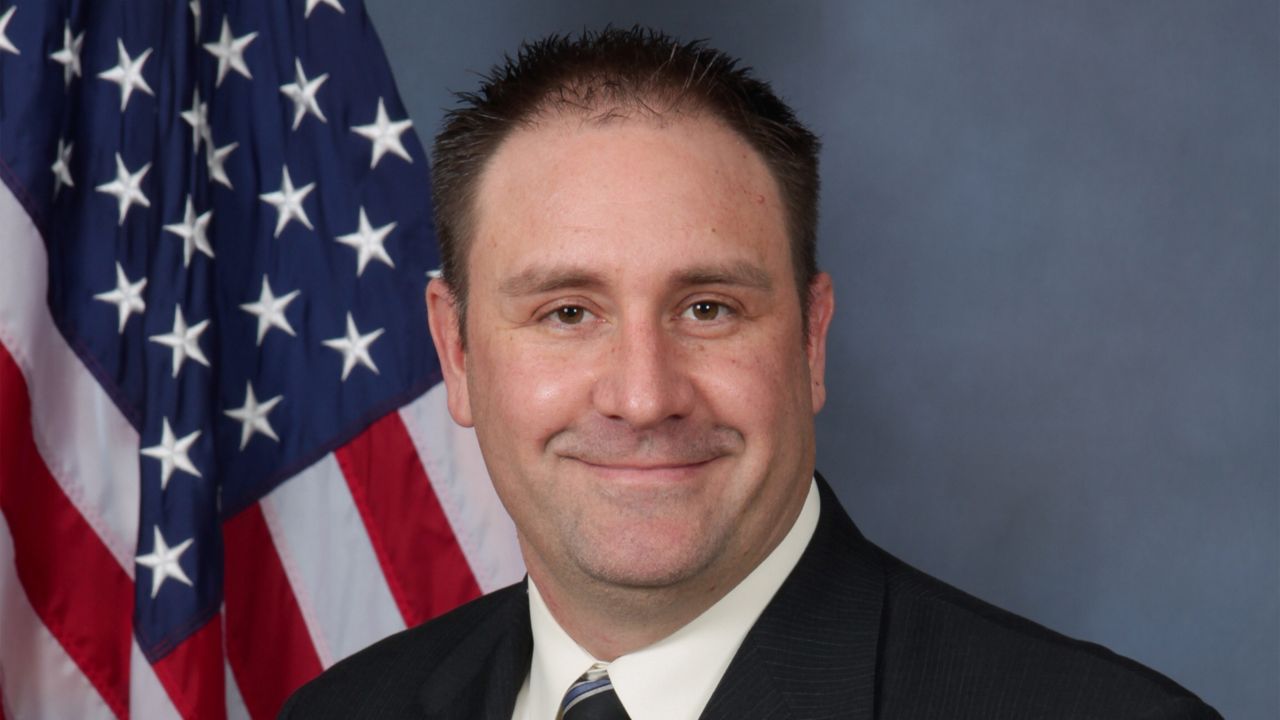
He said when he discovered Hankison had shot into Taylor’s home through the covered windows and sliding door, he could not think logically why it would happen, stating it was “unfathomably too dangerous to do that.” Cosgrove added Hankison’s gunfire would put anyone nearby in danger, including residents, himself and other officers.
Cosgrove also stated if he had taken another step into Taylor’s apartment, he would have been in the line of Hankison’s gunfire.
During the cross examination of Cosgrove, defense attorney Donald Malarcik asked Cosgrove the reason for his firing from LMPD. The prosecution objected, and court went into an early recess. Records show Cosgrove was fired for not having “sufficient target identification and isolation” when he shot into Taylor’s apartment, ultimately hitting and killing the 26-year-old woman.
This is the second time federal prosecutors are bringing the charges against Hankison. Last year, the jury deadlocked, and a mistrial was declared.
Hankison was previously acquitted on state charges in the case. That case hinged on wanton endangerment charges. He fired 10 shots into a neighboring apartment.
Two other former LMPD officers—Joshua Jaynes and Kyle Meany—were arraigned last week for their roles in the raid. Jaynes and Meany are accused of knowingly falsifying an affidavit which led to the search warrant for the apartment. Both have entered not guilty pleas.
The Department of Justice filed the superseding indictment after a federal judge threw out several felony charges—ruling Taylor’s boyfriend firing at officers—not the tainted warrant, led to Taylor’s death.




